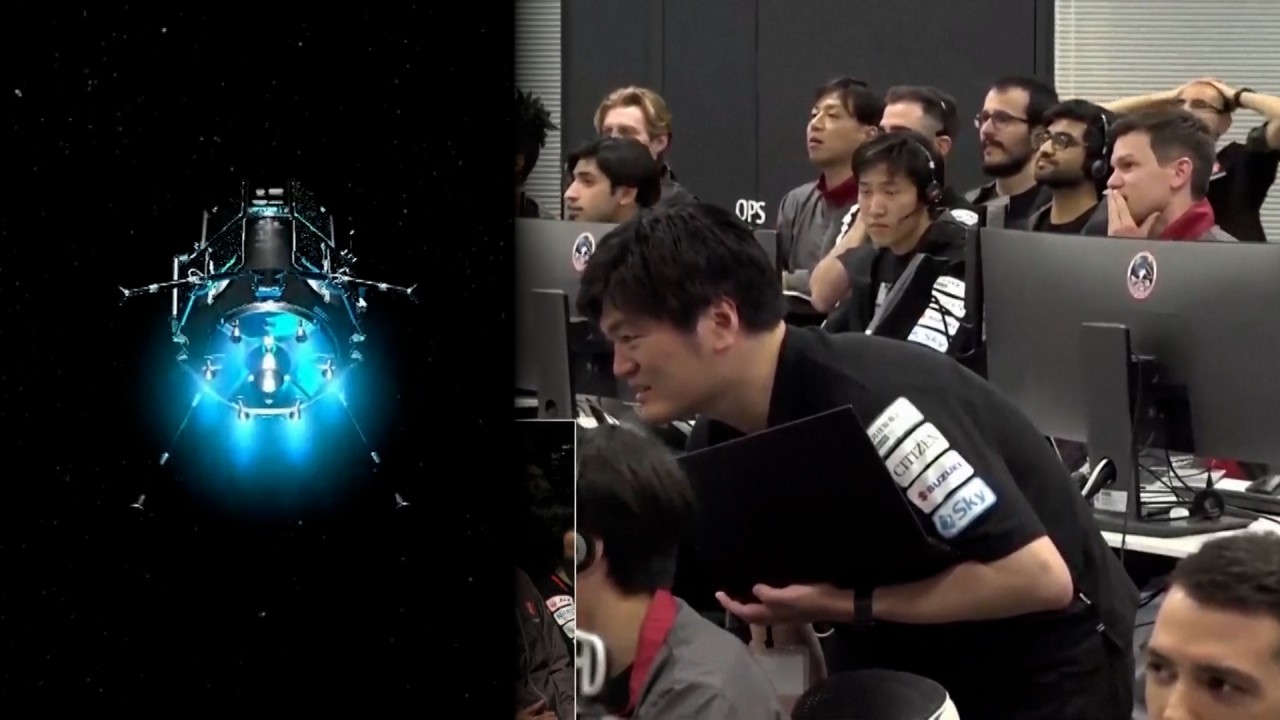A disc containing a message in 275 languages is set to be deposited on the moon later this year by a Japanese spacecraft, to act as a repository of humanity’s linguistic diversity should a catastrophe befall Earth.
“Language serves as the connective tissue of humanity, facilitating interaction, collaboration and shaping our perceptions of the world,” Unesco said in a statement on its website. “Its preservation in all its diversity is essential to safeguarding human identity.”
The disc, made of nano-engraved nickel plate, will contain 275 versions of the 362-word preamble to Unesco’s constitution, which calls for the “wide diffusion of cultures”, and “the education of humanity for justice and liberty and peace”.
“Since wars begin in the minds of men, it is in the minds of men that the defences of peace must be constructed,” begins the preamble, which was agreed upon in the immediate aftermath of World War II.
The disc will also contain a selection of cultural “treasures”, Unesco said, including Le Petit Prince by French author Antoine de Saint-Exupery – one of the world’s most translated books. It will also hold images of 100 paintings from diverse cultural backgrounds and historical eras.
Unesco is acting to preserve the planet’s languages out of concern that some could disappear entirely as a result of natural disasters, climate change or other man-made crises such as global conflict.
The company ispace Inc., whose motto is “Expand our planet. Expand our future”, was founded in 2010 and is developing robotic spacecraft and other advanced technologies to conduct exploration and transport missions for national space agencies and the private sector.
The company has already outlined plans for another seven missions, including a 2026 project to put a lander on the far side of the moon, and establish itself as a provider of high-frequency, cost-effective lunar transport. A planned tenth mission will lay the groundwork for the development of water resources on the surface of the moon, it says.


